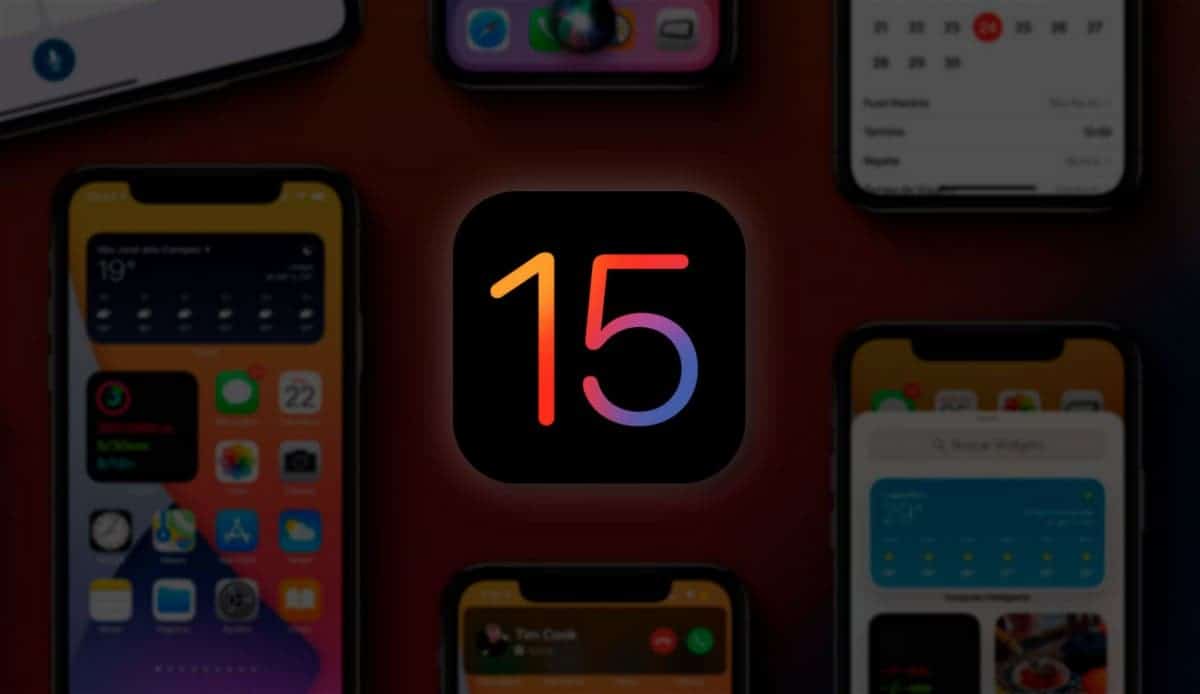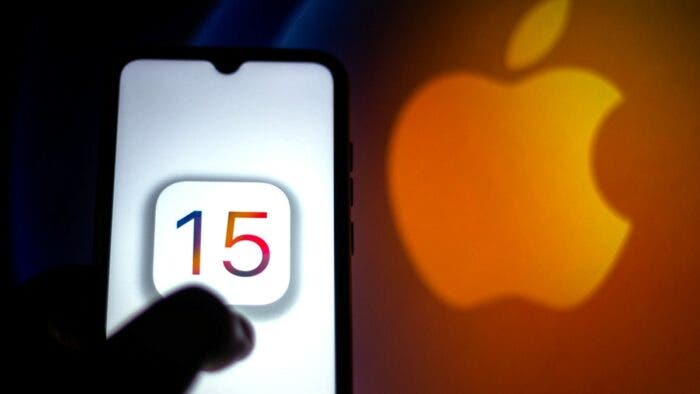Apple unveiled its new iOS 15 update to its iPhone operating system at the end of last year. Although a majority of compatible iPhone owners quickly installed the new update, some users still haven’t upgraded to the new version, and Apple wants to force its fans to install iOS 15 by all means.
While the US giant previously announced that iOS 14 users will continue to receive security updates, it seems Apple has changed its mind. Indeed, according to our colleagues at 9to5mac, Apple has probably returned to the traditional update method where users are forced to install the latest version of the software to obtain security fixes.
Despite the launch of iOS 15 with the new iPhone 13s late last year, Apple still rolled out a new iOS 14.8.1 update for its iPhones, which fixed a serious security flaw. However, it looks like the update is now gone, as it is no longer available for download for users running iOS 14.8.
In other words, Apple no longer allows iOS 14 users to be protected against new security vulnerabilities until they download the new iOS 15 version. Apple has reportedly taken this decision to boost adoption. iOS 15. The adoption rate was much lower than previous versions, since the manufacturer allowed users to stay on the previous version.
Although iOS 14 is no longer secure, iOS 15 also has a significant set of security issues. Earlier this month, researchers discovered a method to trick the iPhone’s operating system into creating undetectable malware. Apple also recently fixed a critical flaw in HomeKit that could disable iPhones and iPads.

Apple stops security updates for iOS 14 to force users to install iOS 15
According to official figures released by Apple, 72% of all iPhones introduced in the past four years; including iPhone 13 series, iPhone 12 series, iPhone 11 series and iPhone X series; are now working under iOS 15 and 63% of all iPhones are on the latest Apple OS.
The problem is, the adoption rate is much lower than previous versions. Indeed, in December 2020, iOS 14 was available on 81% of compatible devices of the previous four years. Prior to iOS 14, iOS 13 saw a 77% adoption rate at the same time after its release. With only 72% adoption, it seems that many users therefore preferred to stay on iOS 14; which continued to receive security updates.
However, although the adoption rate is much lower than in previous years; it is still much higher than newer versions of Android. Indeed, we saw last year that Android 11 was only in use on a quarter of devices; far away from the nearly three-quarters of users running iOS 15 at Apple.
Apple also revealed that 26% of iPhones released in the past four years are running iOS 14; while 30% of all iPhones are still running iOS 14. In addition, 2% of iPhones released in the past four years are running iOS 13 or lower; and 7% of all iPhones have not been upgraded to iOS 14 or higher.
On the tablet side, the situation is even worse. Indeed, the latest OS installation figures are much lower on the iPad. Only 57% of iPads released in the past four years run iPadOS 15 , while 39% use iPadOS 14 and 4% of older versions. In total, 49% of all iPads are currently running iPadOS 15, while 37 and 14% are running iPadOS 14 and iPadOS 13 or lower, respectively.





